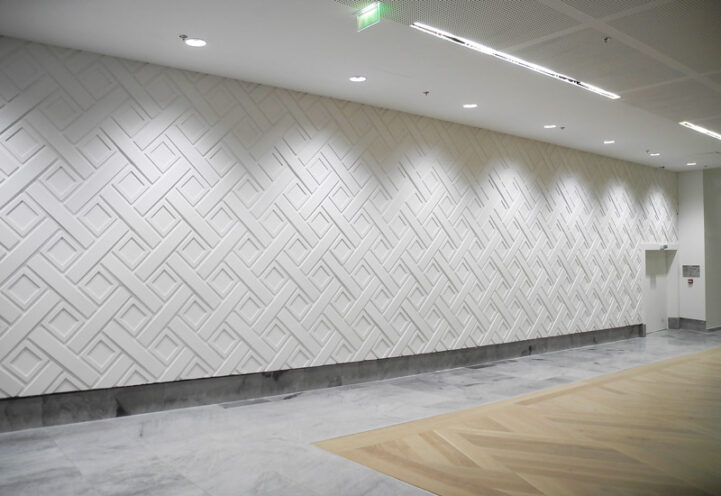Fibrous plaster, an eco-friendly material
Fibrous plaster, an eco-friendly material
The general public remains largely unfamiliar with fibrous plaster, given its specificity. Yet its many qualities allow it to add a touch of finesse and elegance to any interior. In addition, its source makes it an environmentally friendly material.
Today’s citizens are increasingly concerned about ecology. Preserving our endangered environment is important.Consumers these days are leaning more and more towards green materials that generate little to no pollution.
Definition and advantages of eco-friendly materials, specifically fibrous plaster
What is an eco-friendly material?
What is an eco-friendly material?
A material can be considered eco-friendly if it is made of biosourced raw materials. In other words, if it comes from plant or animal matter. For it to be “eco-friendly”, it must also be renewable.
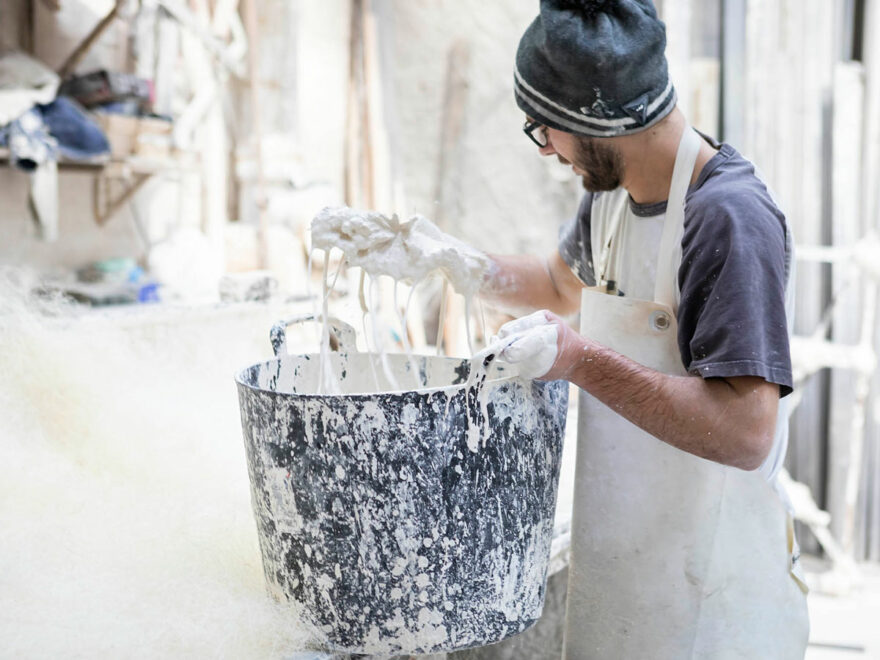
When processed, these materials that help preserve the environment have low emission levels. As a result, the finished product is non-toxic, sustainable and recyclable. Many people prefer to use this type of material in their interior design.
The most prominent and popular of these materials include wood, stone and bamboo. They are great assets in arranging and decorating interior and exterior spaces, while at the same time minimizing greenhouse gas emissions. Aside from these well-known materials, fibrous plaster is another eco-friendly material.
Eco-conscious properties of fibrous plaster
Eco-conscious properties of fibrous plaster
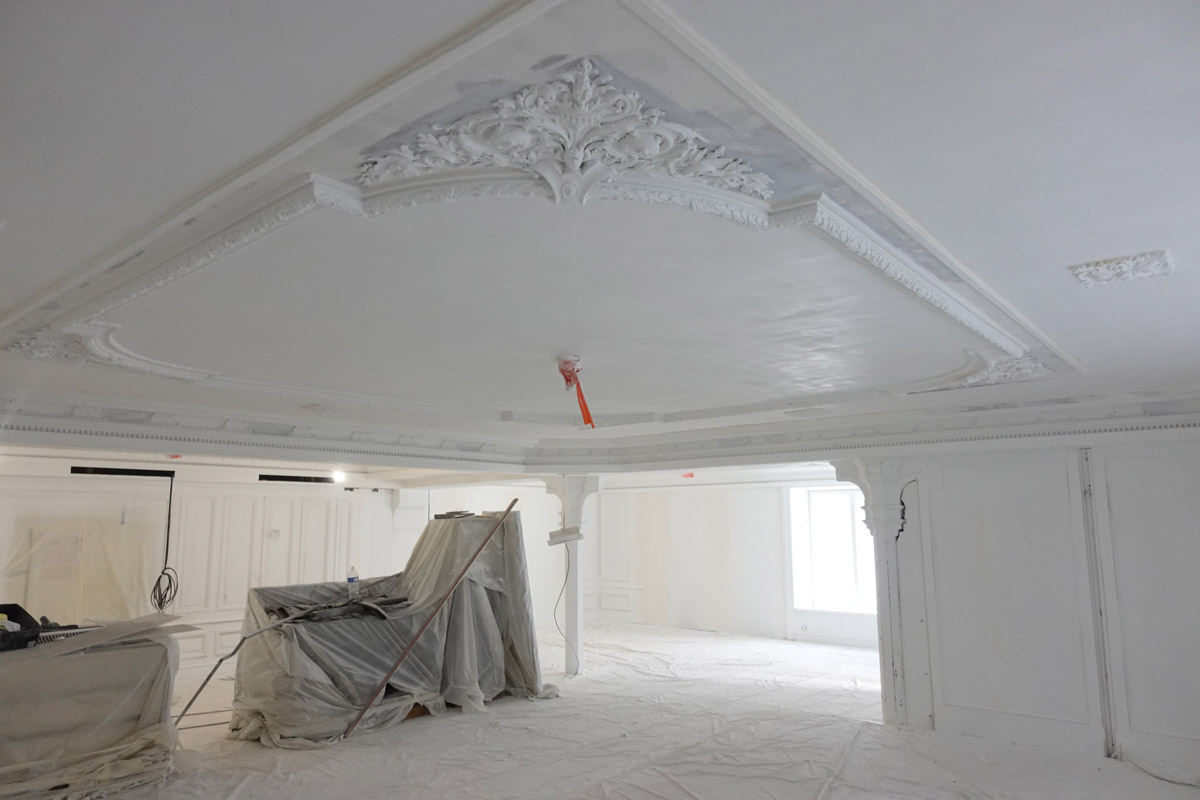
As an eco-friendly material, fibrous plaster is both natural and sturdy. It is also non-flammable and unchanging, two terrific advantages in the field of construction. In addition to being extremely refined and suffusing interiors with added elegance, fibrous plaster is eco-conscious and tremendously sturdy.
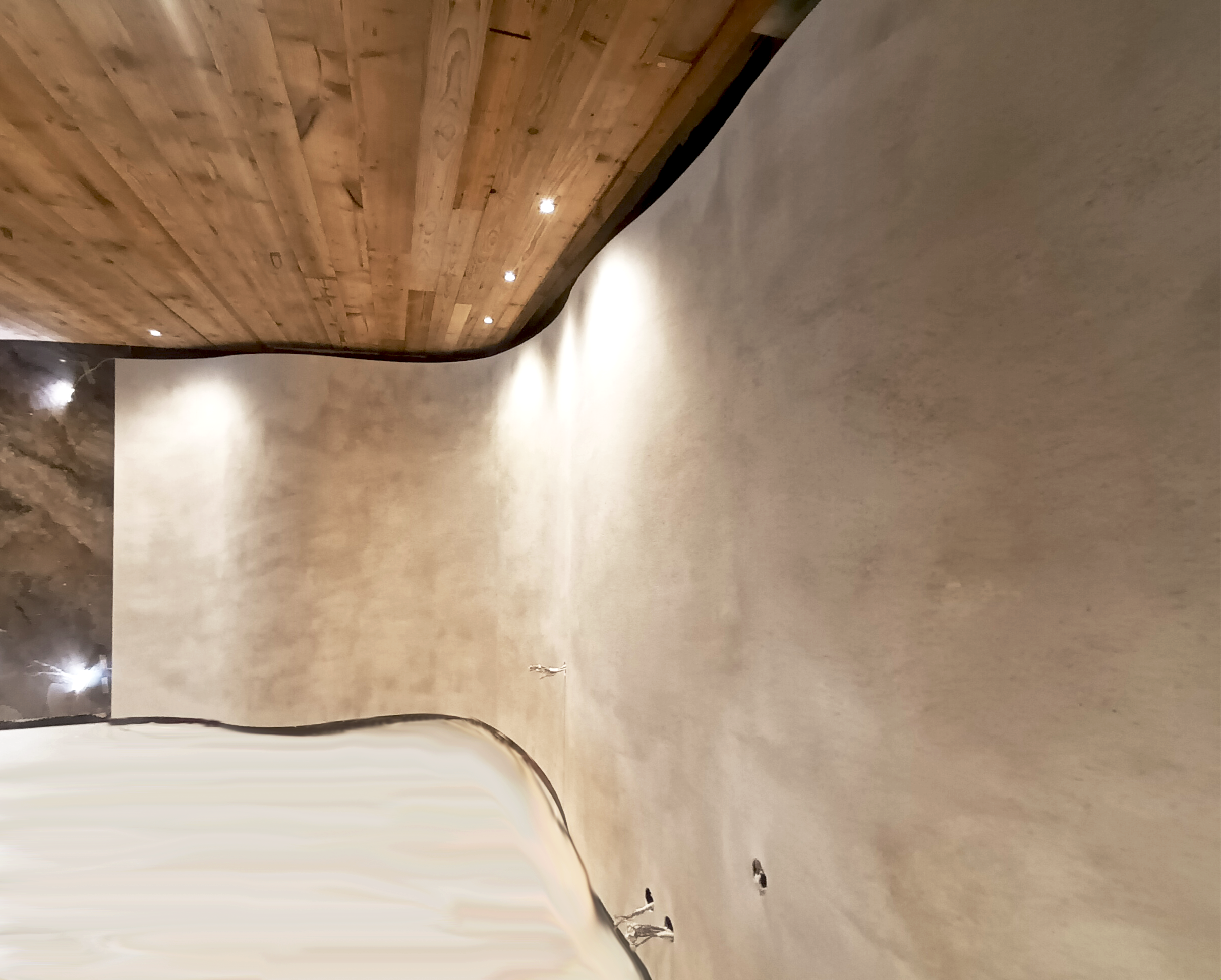
In the finishing sector, there are strict regulations governing the fire resistance of building materials. In France, these materials are rated on a scale from M0 to M4. Since 2002, this scale indicates which materials are non-combustible.
Fibrous plaster is rated M0, meaning it belongs to the class of non-flammable materials. This makes it easy to see that, in addition to its ability to create delicate, modern decorations, fibrous plaster is also fireproof.
Fibrous plaster, a trendy material
Fibrous plaster, a trendy material
Fibrous plaster is enjoying popularity in the field of décor, making name for itself through both professionals and homeowners. This material is luxuriously stylish, elegant and refined.
As a result, it is highly appreciated in private residences but also by professionals in the field of interior design. It is not uncommon to see cornices, mouldings and decorative objects made of fibrous plaster in luxury hotels and boutiques. Thanks to its malleability, this material is a perfect fit in any atmosphere.
And this trend is only growing as interior décor leans more and more towards minimalism and delicacy. The characteristic whiteness of fibrous plaster is another on-trend advantage, allowing it to easily find a place in any interior.
Its eco-consciousness nature also works in its favour, as that attribute is in high demand in interior design today. This feature can be used to promote ecological values, which have become very important to a large portion of the population.
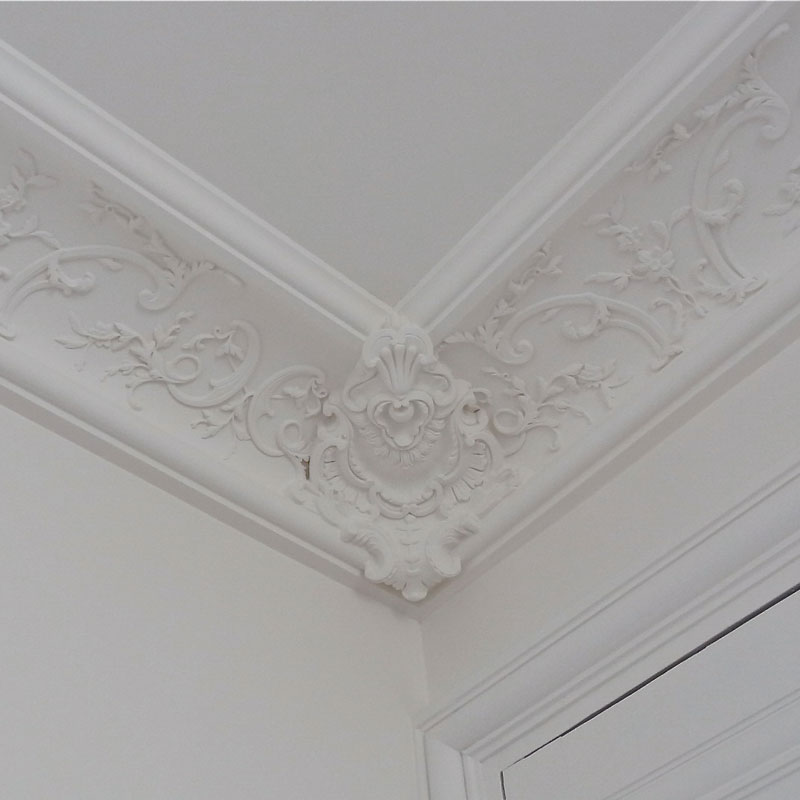
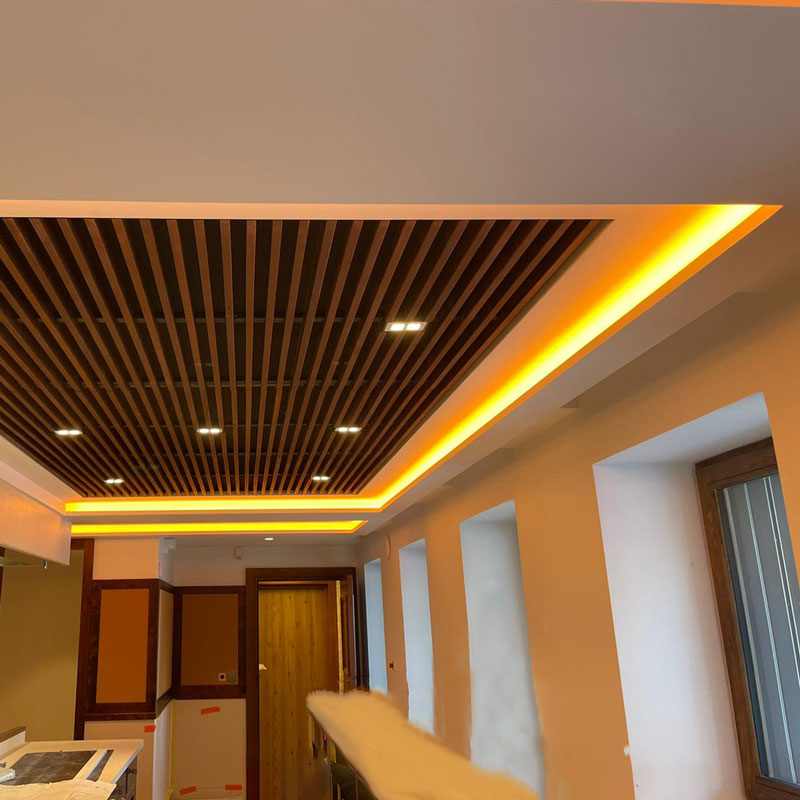
More information
To read also
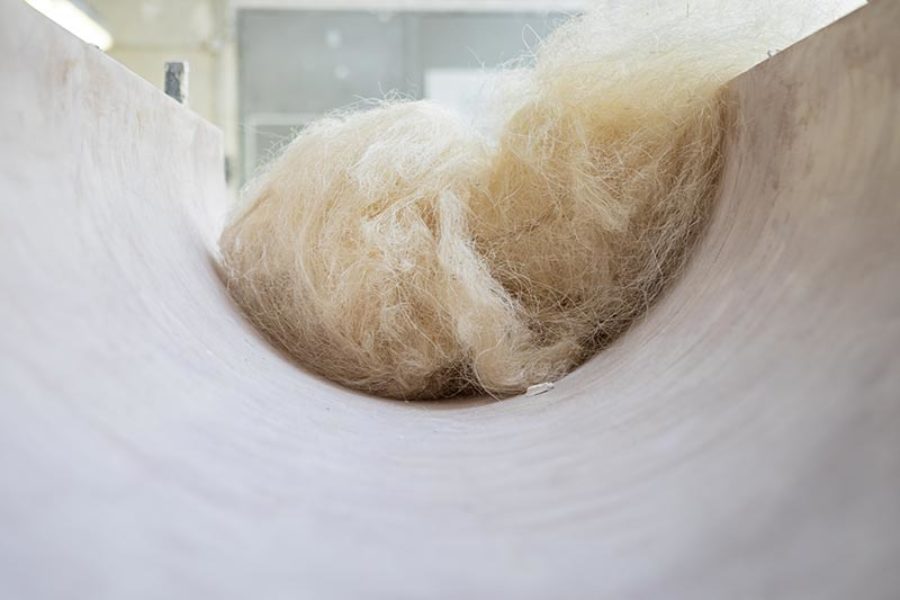
Discover the history of fibrous plaster. Created later than stucco, fibrous plaster has become a must in the production of decorations.
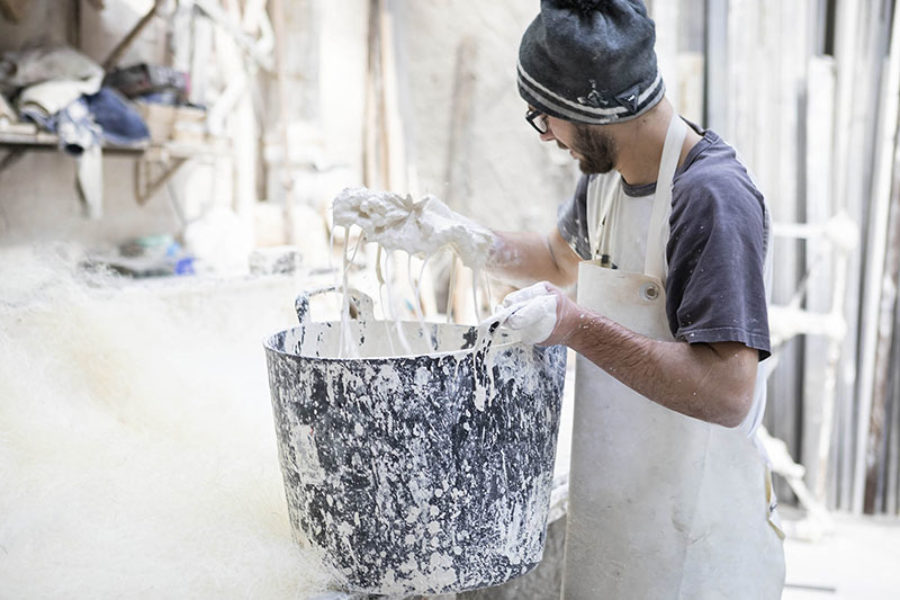
Discover the exciting profession of ornamental plasterer, which belongs to both the applied arts and the building industry, and the various training options available.


